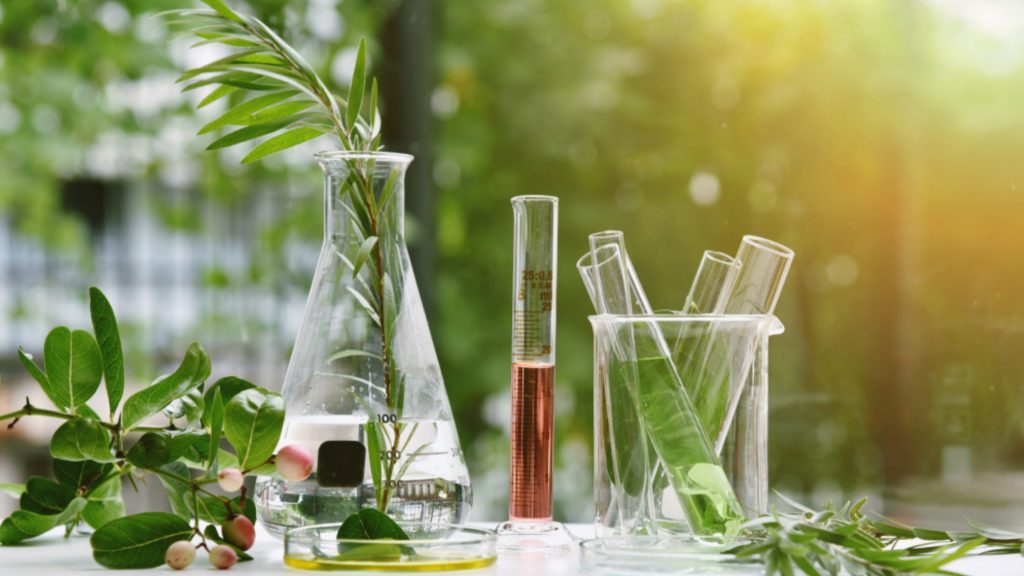Thin Layer Chromatography:
Table of Contents
Aim
To analyze the alkaloid present in the herbal extract.
Requirements
TLC plate, adsorbent, silica gel G, sample developing chamber, Dragendorff’s reagent.
Principle
The principle of separation is adsorption one or more compounds are spotted on a thin layer of adsorbent coated on a chromatographic plate the mobile phase flows through the capillary action. The compounds with more affinity move slow and compounds with less affinity travel faster

Procedure
Preparation of TLC Plate
The TLC plates were prepared by using silica gel G in water with the help of a mechanical applicator.
Preparation of sample
1gm of Cinchona bark powder was extracted with 5ml of methanol containing 2-3 drops of ammonia on a water bath for 10min at 600C. The solution was filtered and the filtrate was taken for TLC studies
Adsorbent Silica gel G
Solvent system Chloroform: Methanol in the ratio 9:1
Standard preparation Very diluted solution of quinine was prepared by precipitating the base from the salt, quinine sulfate, and dissolved the base in the chloroform.
Application of sample About 1µℓ of standard and sample solution were applied on the plate with the help of a capillary tube.
The plates were then kept in the TLC chamber which was already saturated with the mobile phase. The chromatogram was run up to 90% of the plate and then removed. It was air-dried, sprayed with Dragenderoff’s reagent, and kept in the oven for 2min. Rf values of both standard and sample spots were calculated.
Report
The Rf value of one spot in the sample was the same as the Rf value of the standard quinine. Hence the sample was identified as quinine.
Make sure you also check our other amazing Article on : Immobilization of Yeast Cells